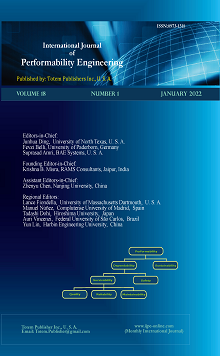-
Modelling and Learning User Feedback in Event-based Social Networks
- Yuan Liang
-
2022, 18(1):
11-21.
doi:10.23940/ijpe.22.01.p2.1121
-
 Abstract
Abstract
 PDF (700KB)
PDF (700KB)

-
References |
Related Articles
As the mobile Internet and social computing developing, online event-based social networks (EBSNs) were derived, which mainly assign events to users according to the scores a linear combination of some features (i.e., location, similarity, friendship). Most of existing research work only take offline scenarios into consideration, where users’ full information is known in advance. However, on real-world EBSN platforms, online scenarios have practical application value. Besides, Existing works did not consider online learning and modeling users’ feedbacks (i.e., accept or reject arrangement). In this paper, we investigate the online modeling and learning users’ feedback, where users can feedback by accepting a set of events arranged or reject events arranged due to less interest events. In particular, we first model the problem as a stochastic bandit, and then applying Upper Confidence Bound based method with expected regret, which is the polynomial in the events quantity in combinatorial settings. Finally, we evaluate the performance of our proposed algorithms with real data sets and syn-thetic data sets.

